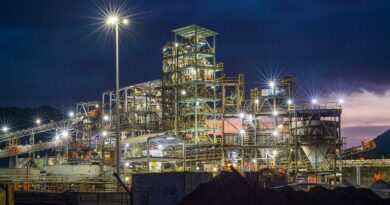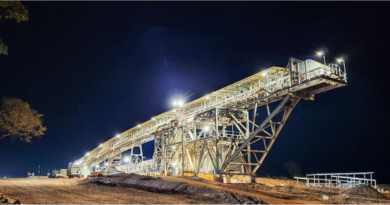Green hydrogen produced uses platinum-based electrolysers
Pre-pandemic, in 2019, the annual number of flights globally reached an all-time high of 38.9 million and, in the UK alone, aviation accounts for around 7 per cent of total greenhouse gas emissions. Like other sectors, aviation needs to significantly reduce its reliance on fossil fuels in order to achieve net zero goals, and in the UK it has pledged to cut net carbon emissions to zero by 2050.
Aviation kerosene is the fuel of choice for most aircraft, due to its low freezing point, combustibility – needed to power take-off – and low viscosity, meaning it is less likely to solidify at altitude, clogging up the engine.
According to energy technology group Siemens Energy, sustainable aviation fuels (SAFs) based on renewable energies and green hydrogen are the key to sustainable flying. This is why it has joined with the energy supplier Uniper, the aircraft manufacturer Airbus and the chemical and energy company Sasol ecoFT to launch the ‘Green Fuels Hamburg’ project, investigating the feasibility of a commercial project to produce sustainable SAFs in Germany.
Between them, the four project partners cover the entire value-chain for the production of CO₂-neutral kerosene, a SAF that is also called ‘power-to-liquid’ or ‘PtL’ kerosene for short. PtL is a synthetically-produced liquid hydrocarbon that is made in three key stages.
Firstly, renewable energy is used to power electrolysers to produce green hydrogen from water. Then, climate-neutral CO₂ – captured via, for example, Direct Air Carbon Capture – is converted into carbon feedstock. Carbon feedstocks are synthesised with green hydrogen to generate liquid hydrocarbons. They are then converted to produce a synthetic equivalent to kerosene.
Capturing and storing CO₂ is central to the production of PtL. Indeed, recapturing the CO₂ released during combustion and combining it with hydrogen closes the loop in that the CO₂ that was initially released is reused to create fuel. For this reason, emissions from PtL production can be reduced by as much as 90 per cent when compared to fossil fuels.
Green Fuels Hamburg aims to make a significant contribution to de-carbonising the aviation sector through integrated green hydrogen and SAF production on an industrial scale, aiming to supply Hamburg with more than 10 tonnes of PtL kerosene a year from 2026 onwards. Hamburg is well placed for this pioneering large-scale project, as the region is close to renewable energy sources and has the necessary customers in industry and aviation. One of the major advantages of PtL is that it can be transported and distributed via the existing network of fossil-fuel infrastructure, including pipelines and filling stations.
Initiatives like Green Fuels Hamburg are helping to demonstrate how effective green hydrogen value-chains can be established.



